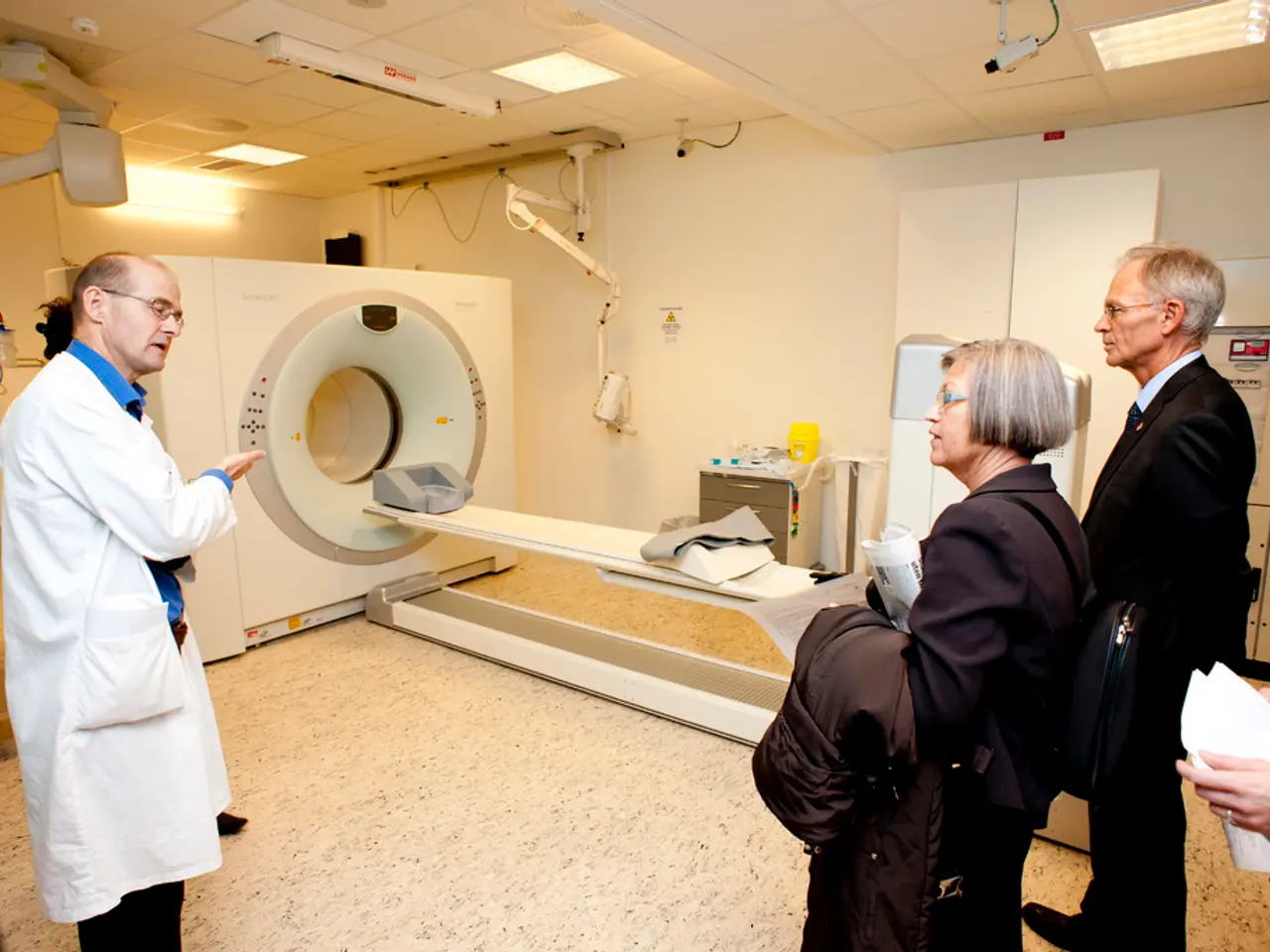Enhancing Medical Education through Augmented Reality and Virtual Reality in Healthcare
In the realm of medical education and training, immersive technologies such as Augmented Reality (AR), Virtual Reality (VR), and Extended Reality (XR) are making a significant impact. These cutting-edge tools are increasingly being adopted and integrated, particularly in surgical, anatomical, and clinical skills training.
Johns Hopkins University, for instance, employs an Oculus headset from Dell Technologies and an Alienware computer for VR training. Their focus areas include resuscitation, anaphylactic reactions, postsurgical management, acute-care management, and pediatric critical care. Meanwhile, the University of Central Florida College of Nursing has implemented AR and VR for nurses and nurse practitioners, providing a graphic look inside the body for better understanding of pathophysiology and anatomy.
AR, in particular, is being utilised for surgical training and intraoperative guidance, often combined with haptic feedback and voice-controlled navigation. This reduces error rates, shortens the time to proficiency, and lowers mental workload during surgery. AR modules are shown to reduce complications, supporting competency-based education and objective performance tracking, which align with healthcare outcomes and reimbursement trends.
In the virtual realm, students at Johns Hopkins also use controllers that offer haptic feedback, while cognitive decision-making is considered more critical to VR medical training. The VR setup at Johns Hopkins includes hand haptics, but the emphasis is on learning correct procedure steps, X-ray angles, and various surgical procedures like knee or shoulder replacement and pinning fractures.
Dr. Augustus D. Mazzocca, the chief of the Division of Sports Medicine at Massachusetts General Hospital and the Medical Director of Mass General Brigham Sports Medicine, is a strong advocate for VR in orthopedic surgery training. He uses a system called PrecisionOS for orthopedic education at Massachusetts General Hospital and believes VR is terrific for student and resident education in orthopedic surgery.
The future growth prospects for these immersive technologies are very strong. The AR healthcare market alone is projected to grow from USD 1.51 billion in 2025 to USD 4.99 billion by 2030, at a CAGR of about 27%. This growth is fueled by increased venture investment into AR healthcare startups, convergence with AI to create adaptive, personalized learning environments, expansion of cloud-hosted XR content libraries, and strategic acquisitions by major medical device and technology firms.
In summary, AR, VR, and XR are evolving from experimental tools into essential components of modern medical education and training. They improve technical proficiency, critical thinking, and communication skills. Their continued advancement, supported by strong market growth, technological innovation, and investments, positions them to reshape medical training with immersive, personalized, and outcomes-driven approaches in the near future.
- Immersive technologies like AR, VR, and XR are not only making an impact in surgical, anatomical, and clinical skills training in medical education, but they are also being utilized in healthcare-and-wellness categories for personal-growth and learning.
- Johns Hopkins University, for example, not only employs AR and VR for medical training, but they also integrate these immersive technologies into education-and-self-development areas like personal-growth and fitness-and-exercise.
- With the strong market growth and technological innovation in AR, VR, and XR technologies, the future prospects for their application in mental-health, health-and-wellness, fitness-and-exercise, and education-and-self-development sectors are very promising.
- As AR, VR, and XR continue to evolve and reshape medical education, they are poised to influence and revolutionize other sectors beyond healthcare, such as mental-health, fitness, learning, and personal development.




